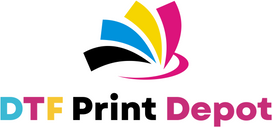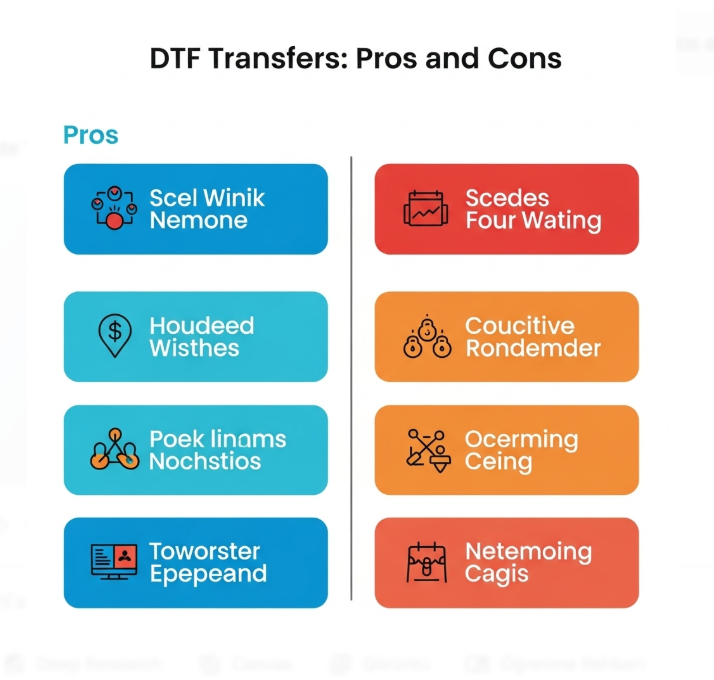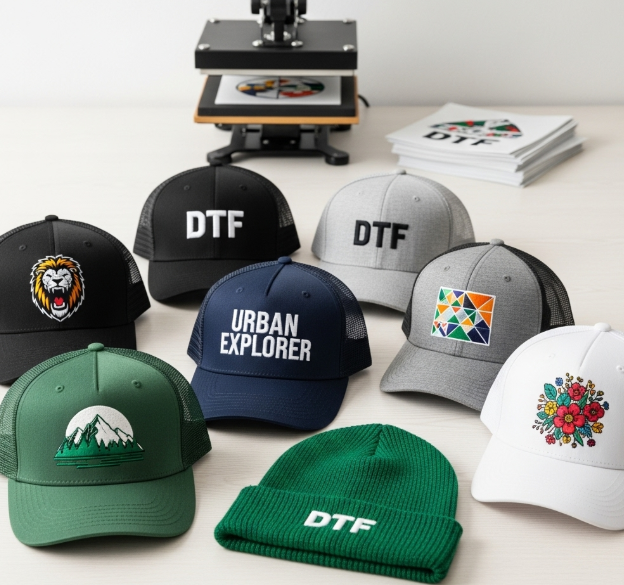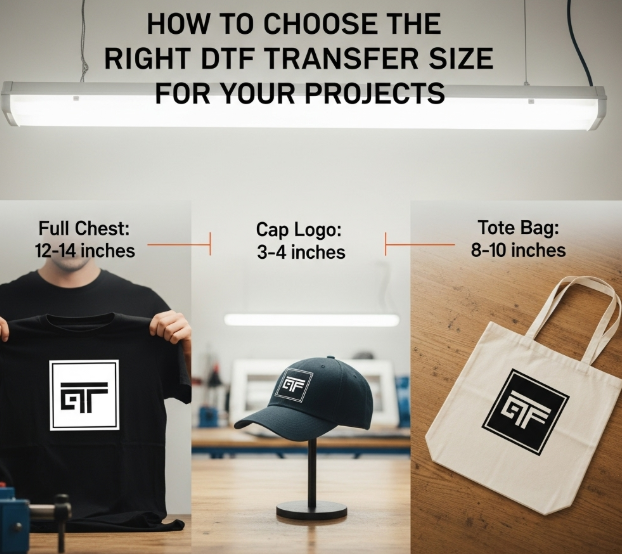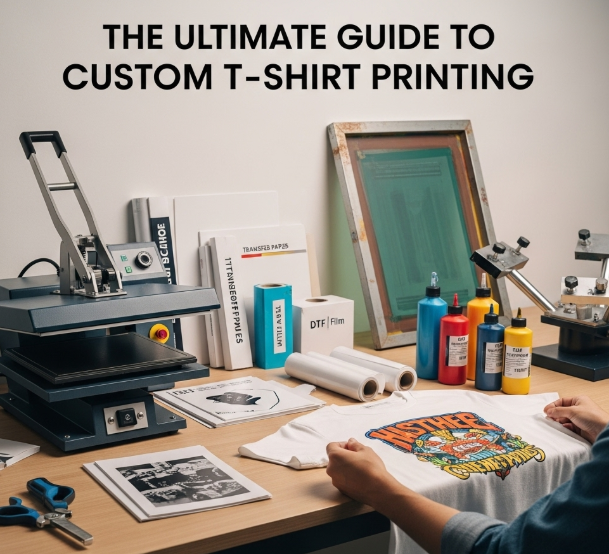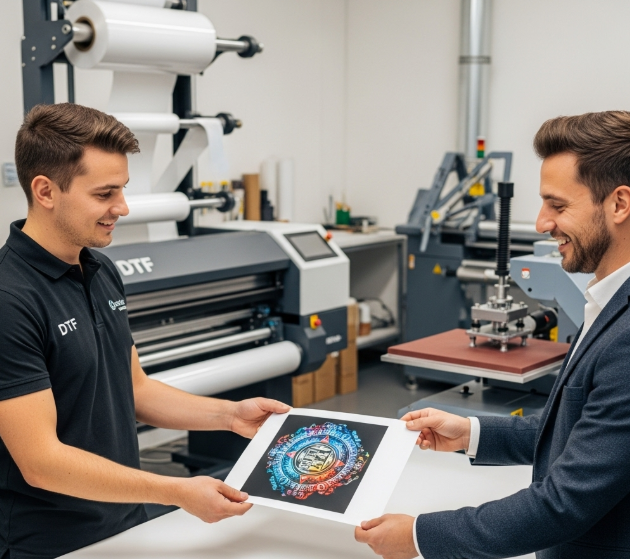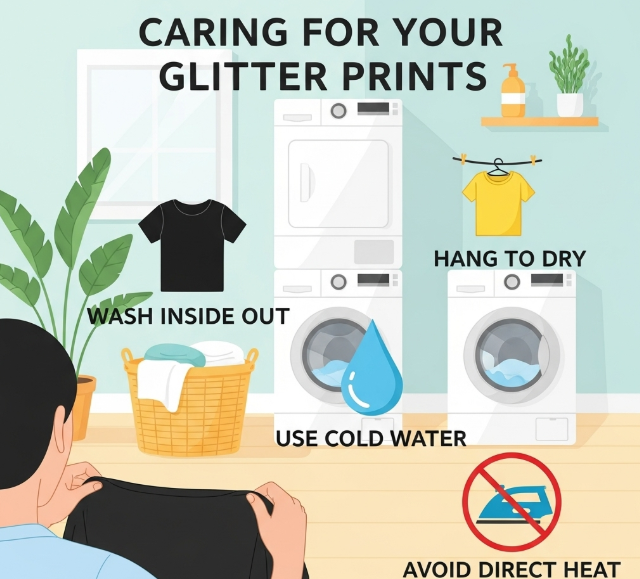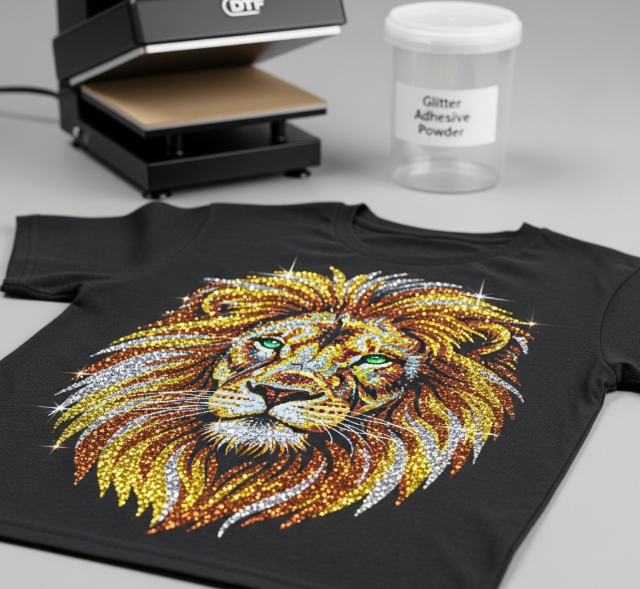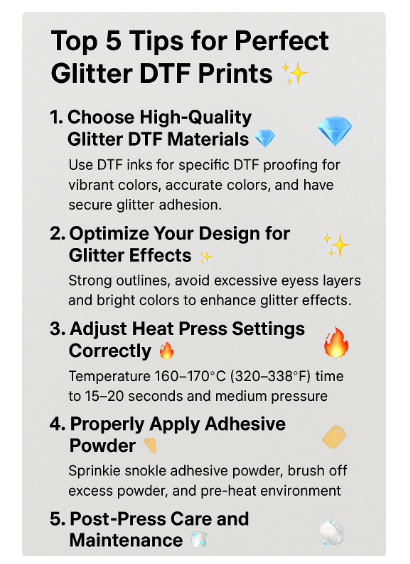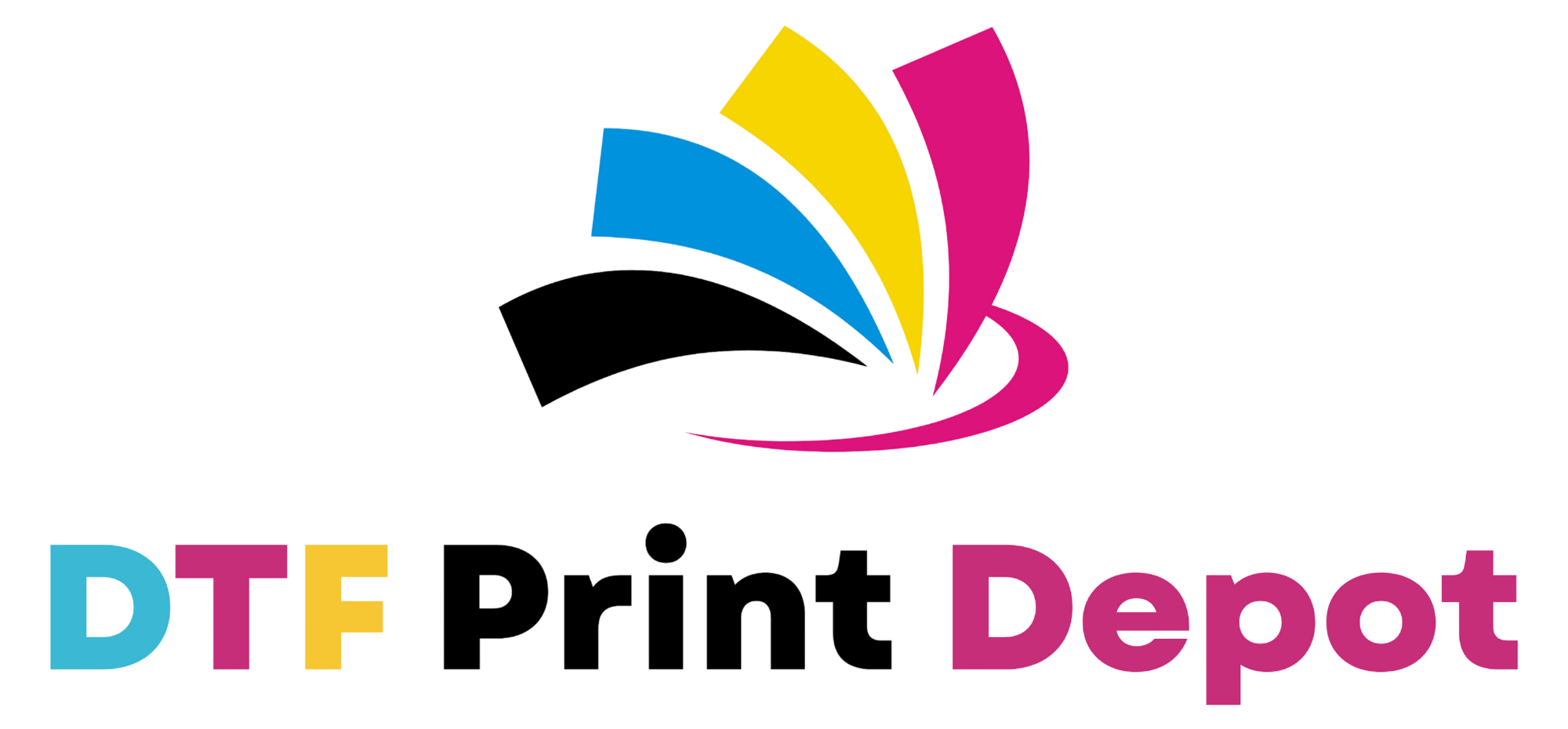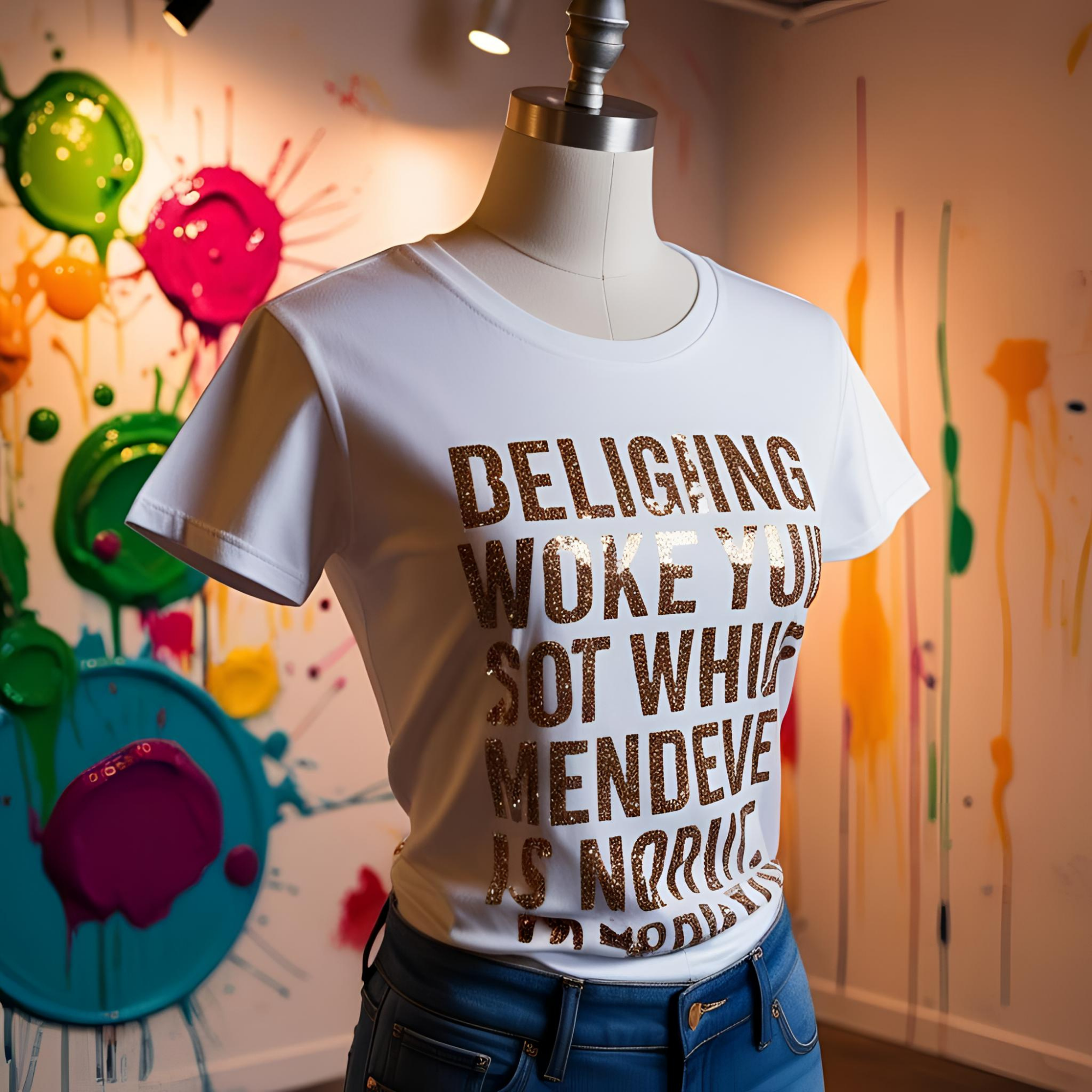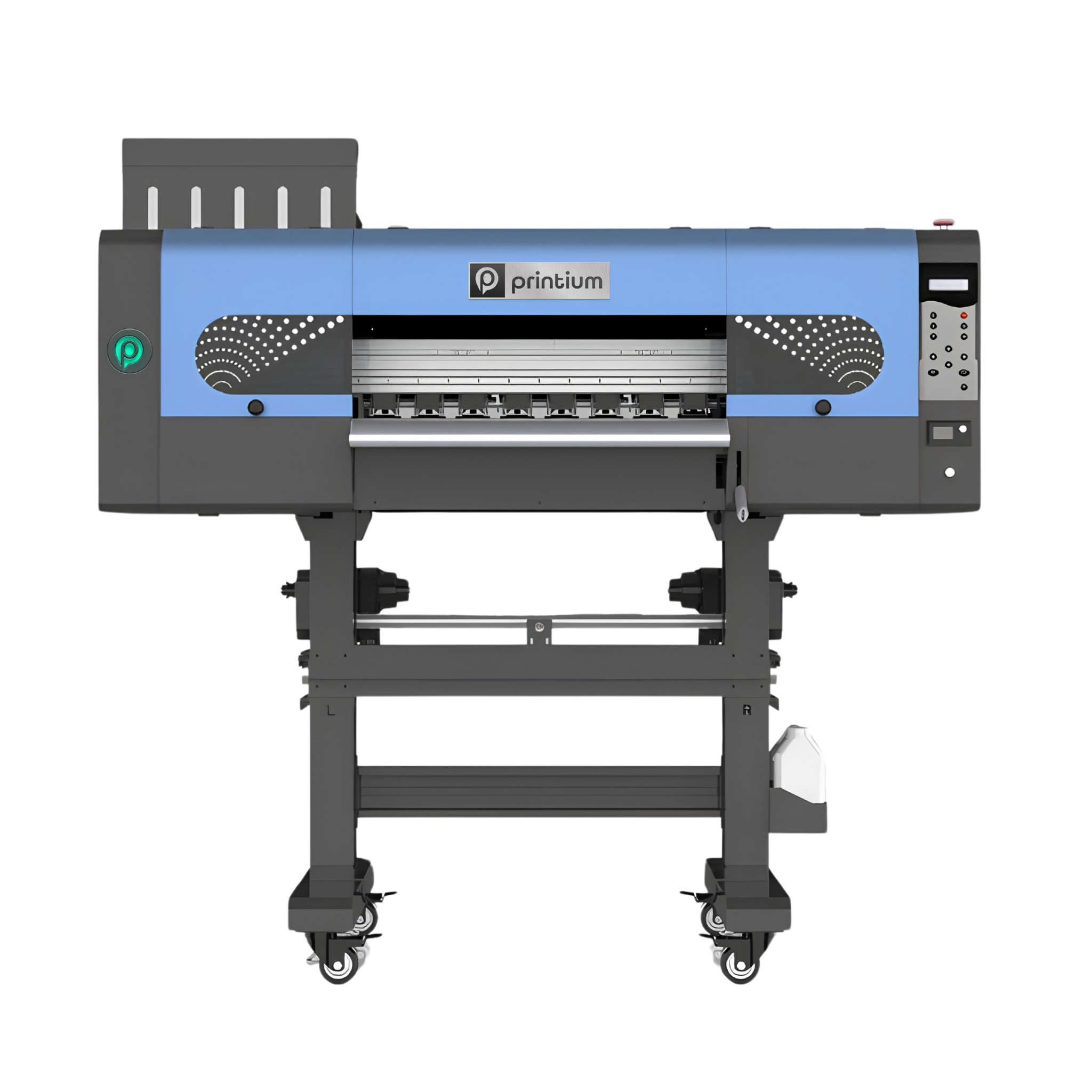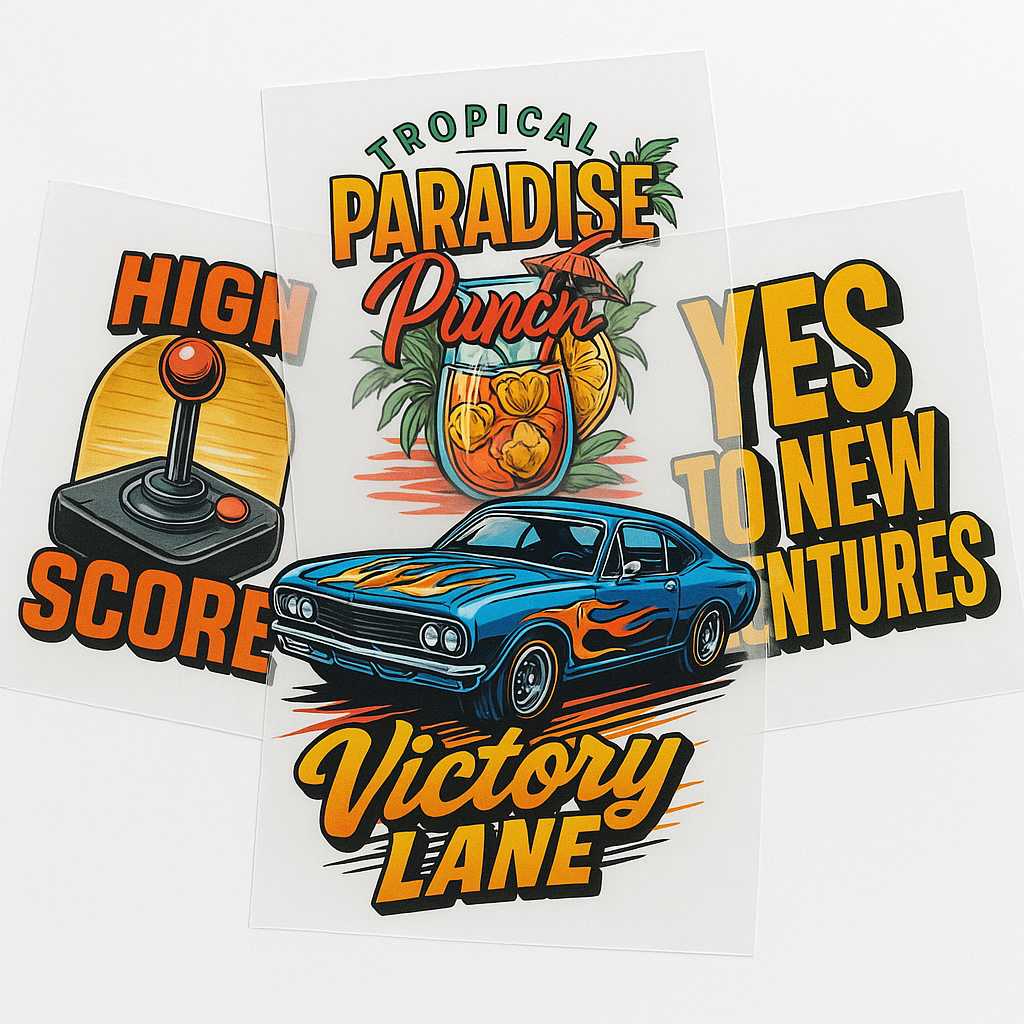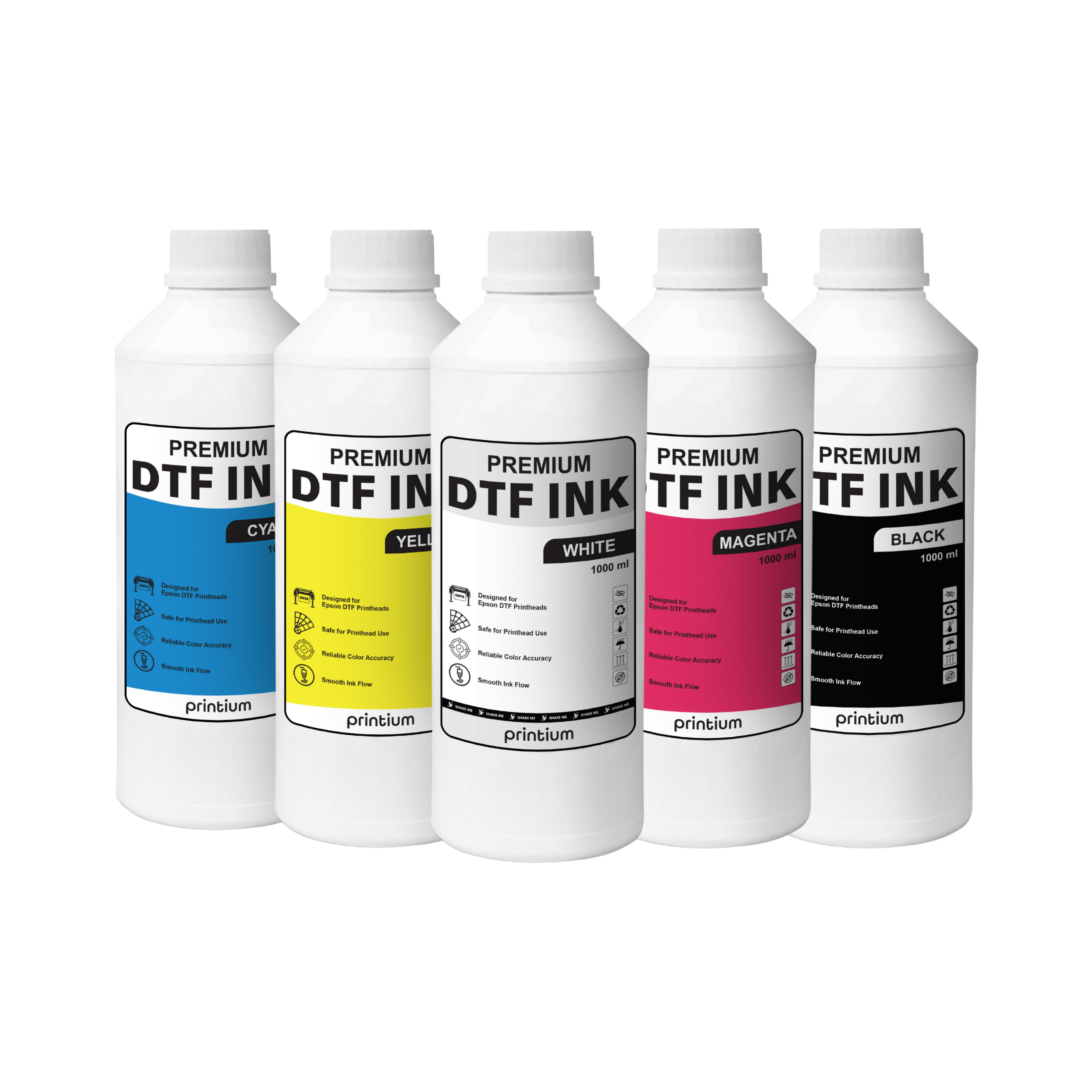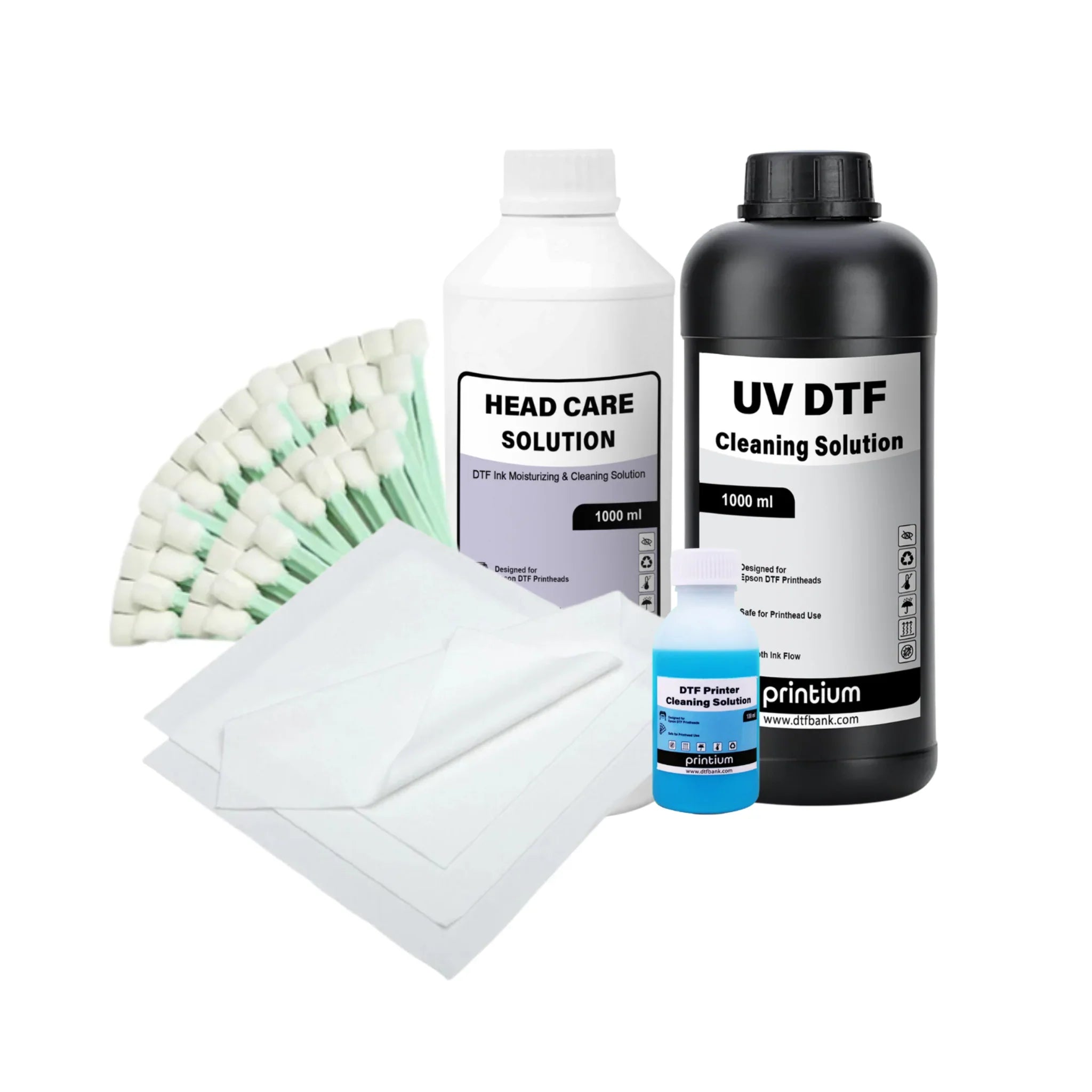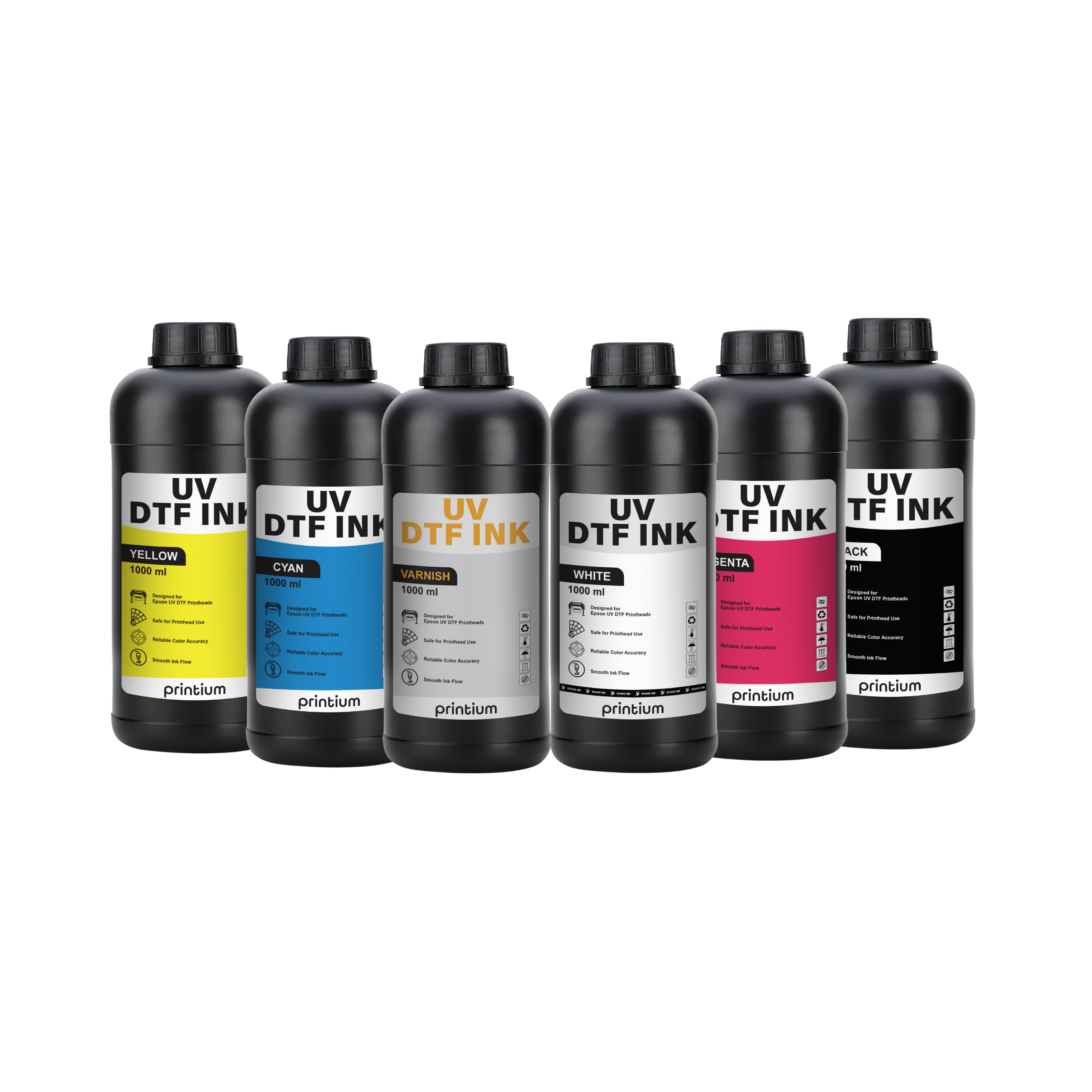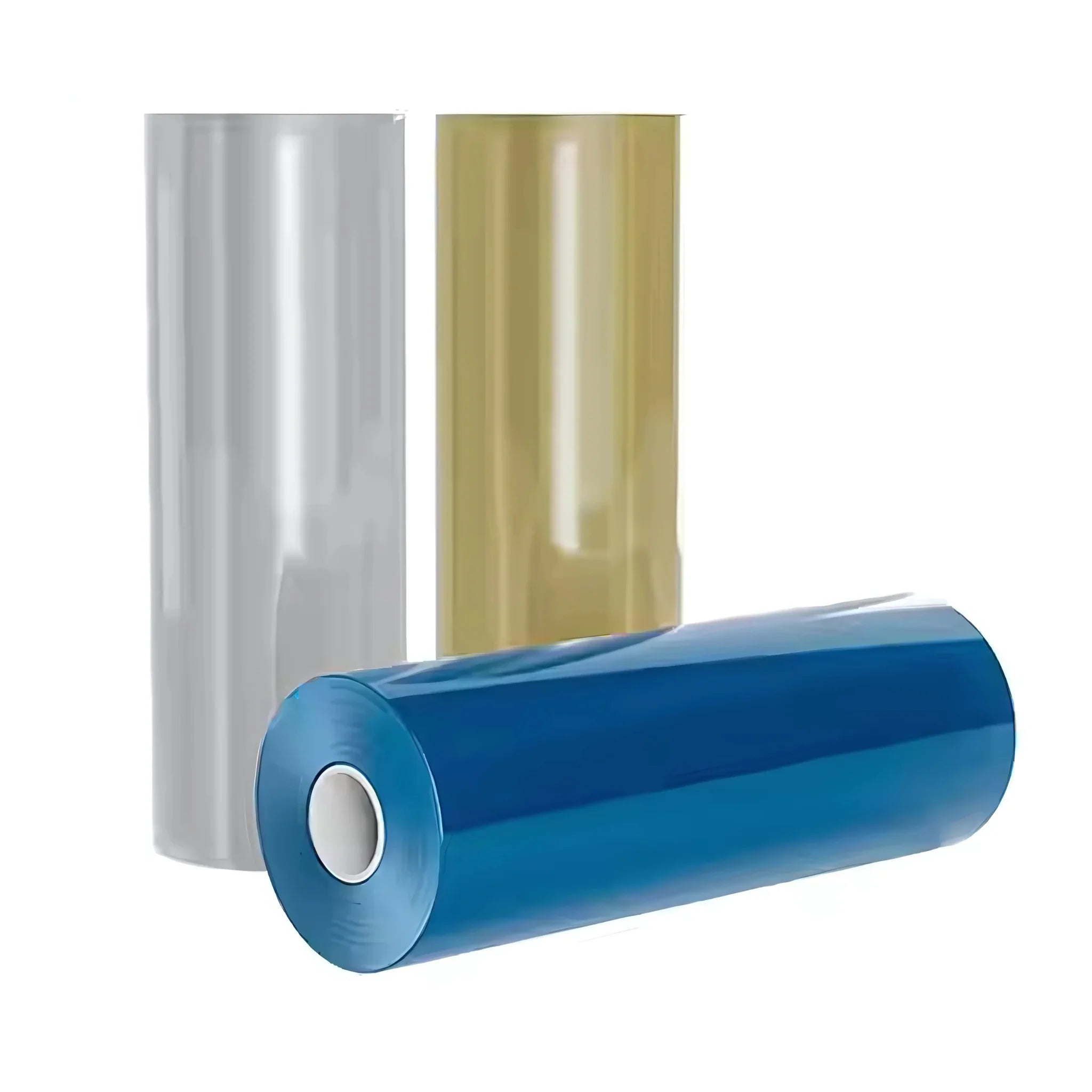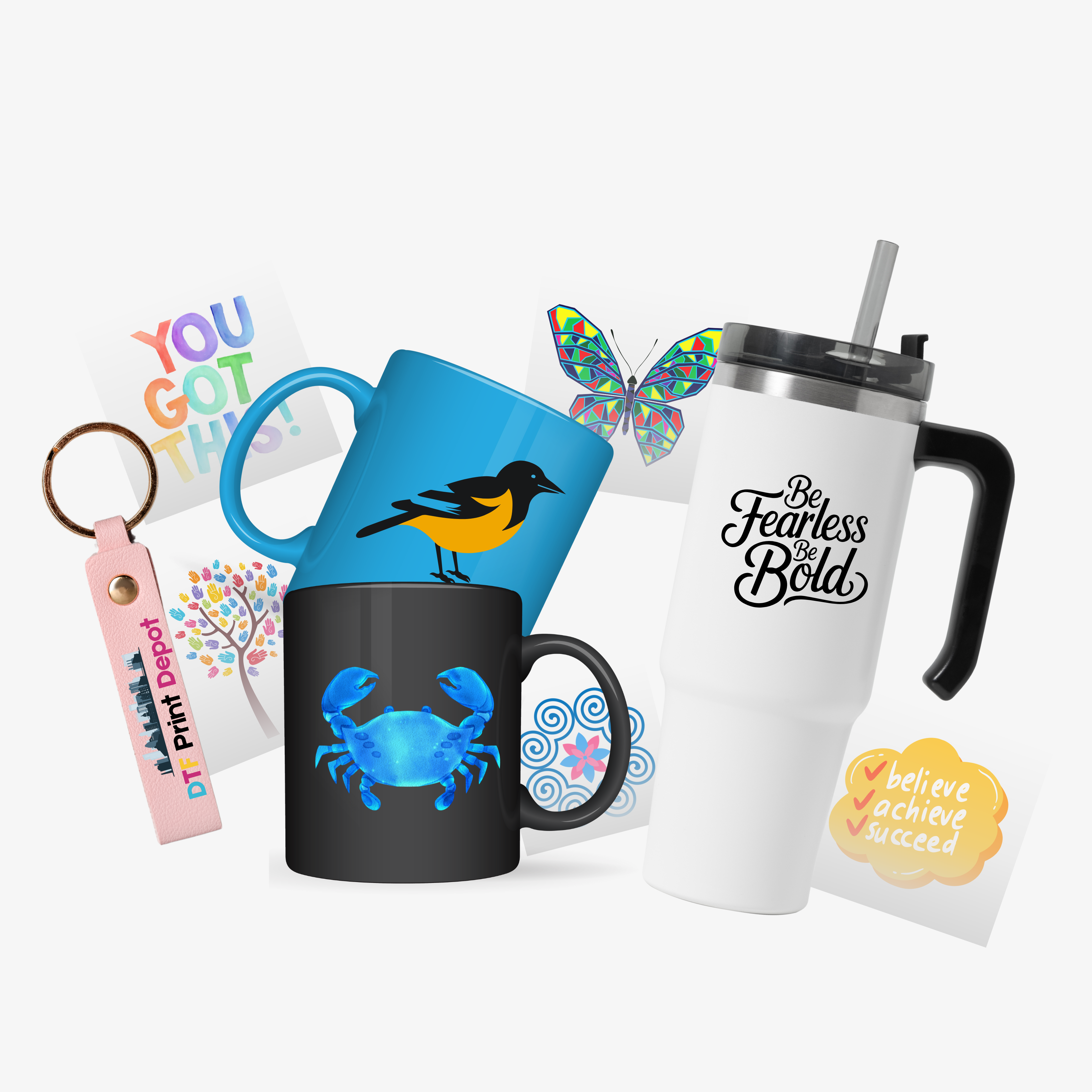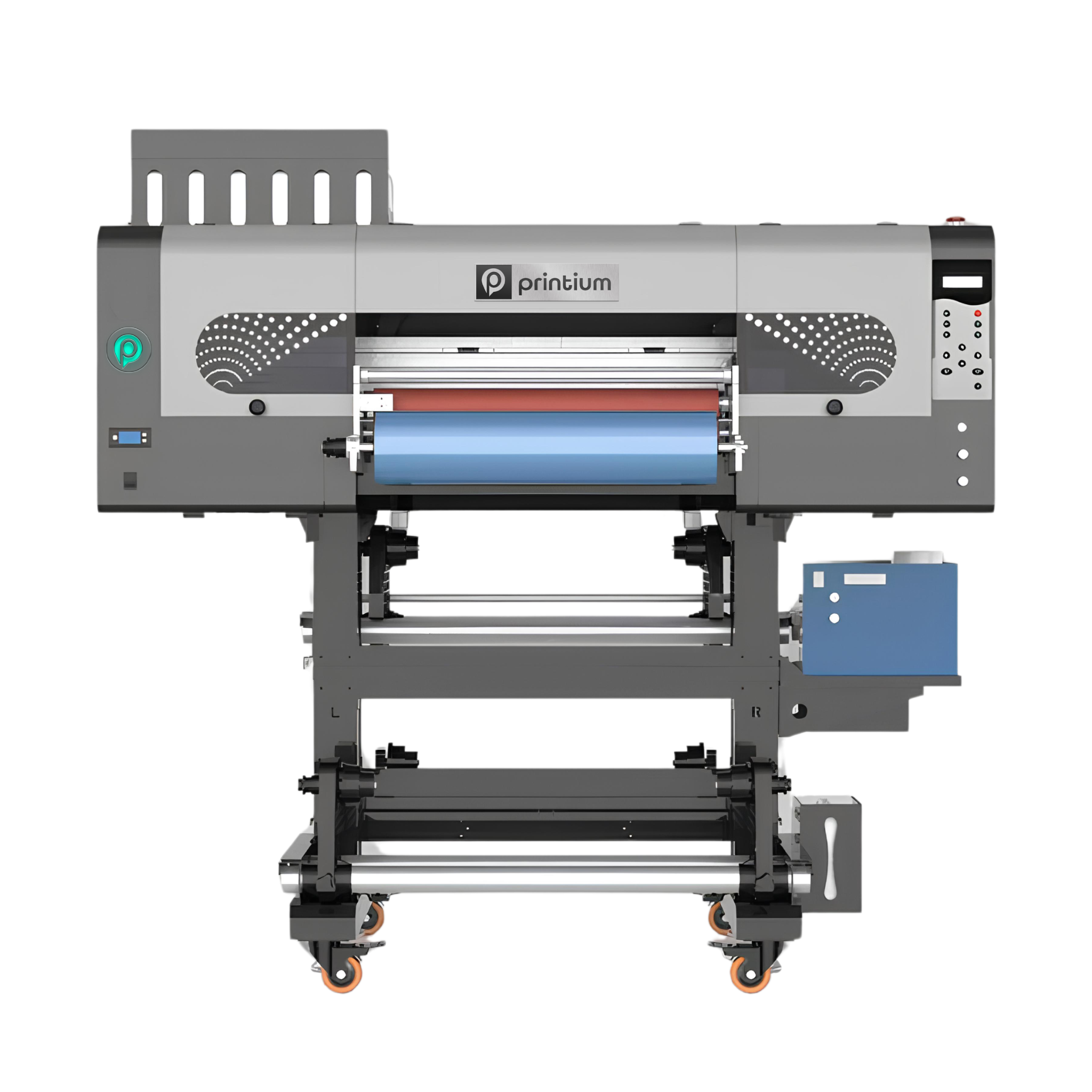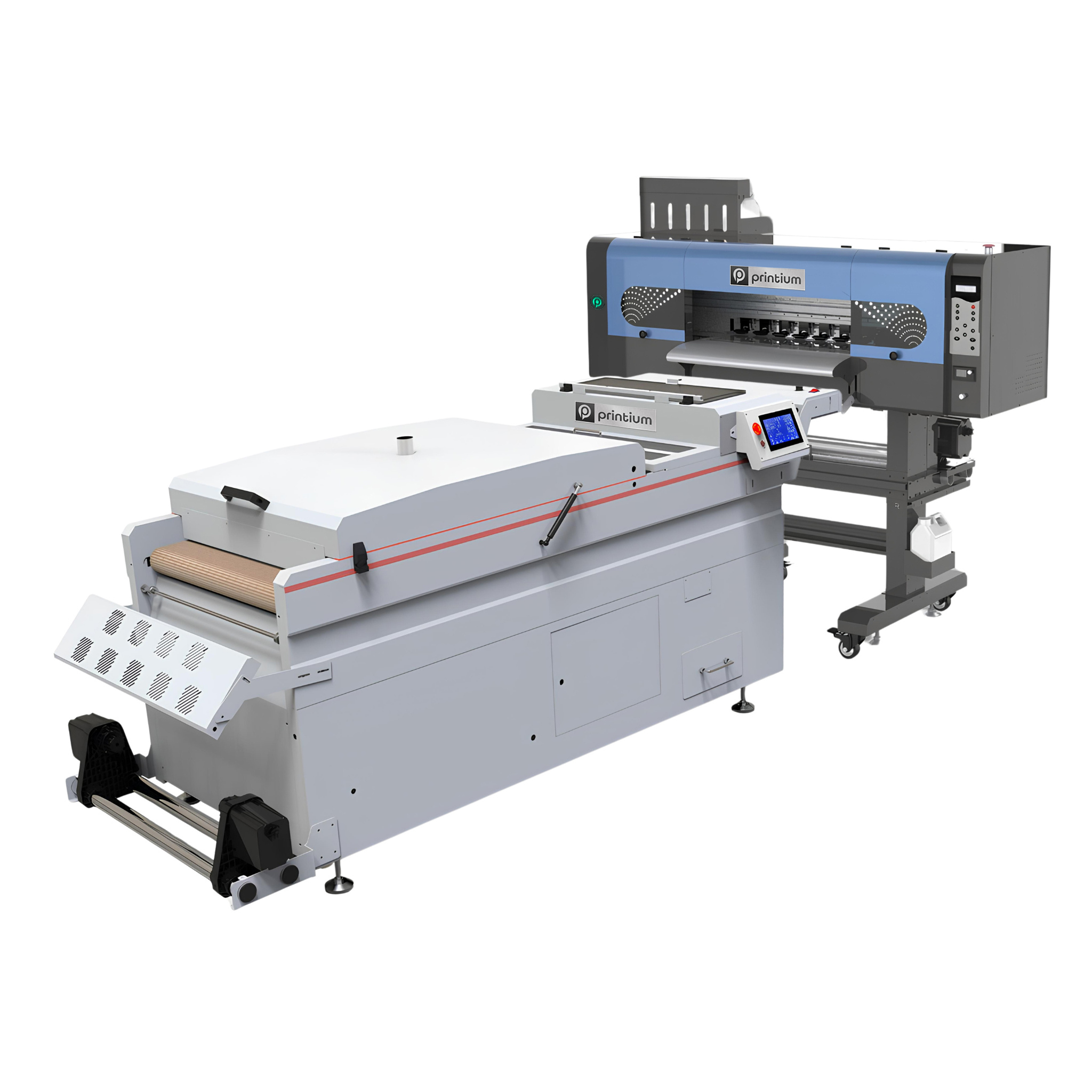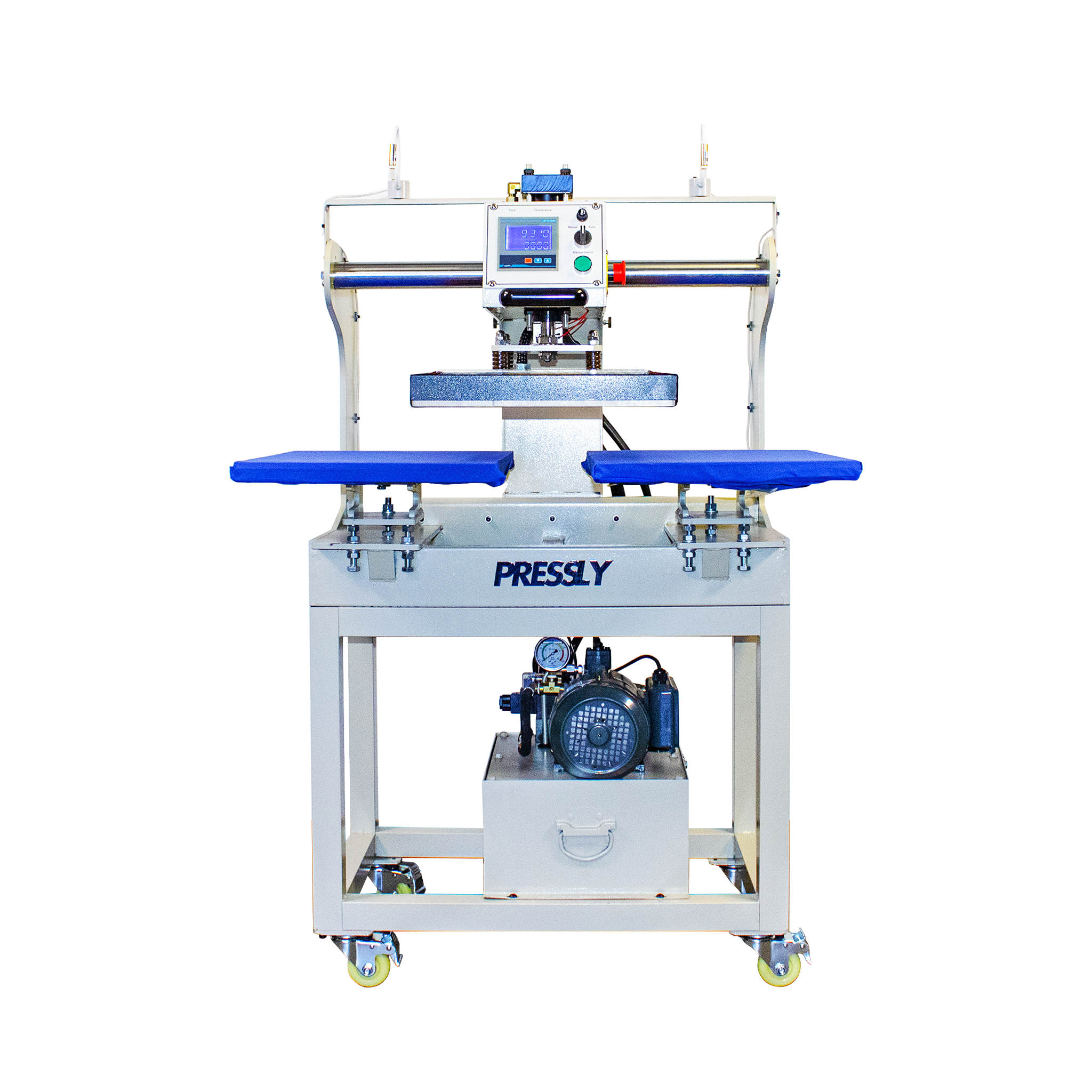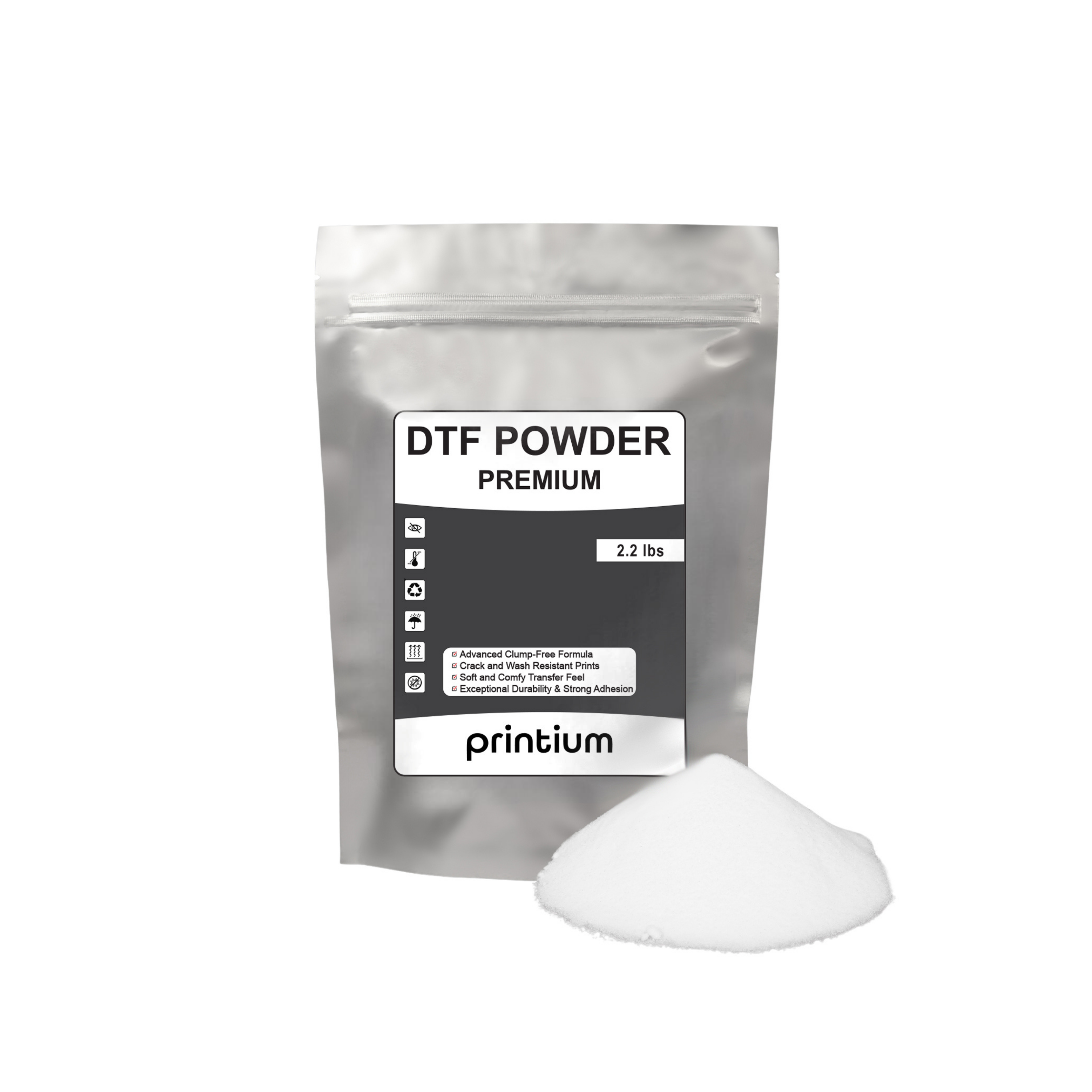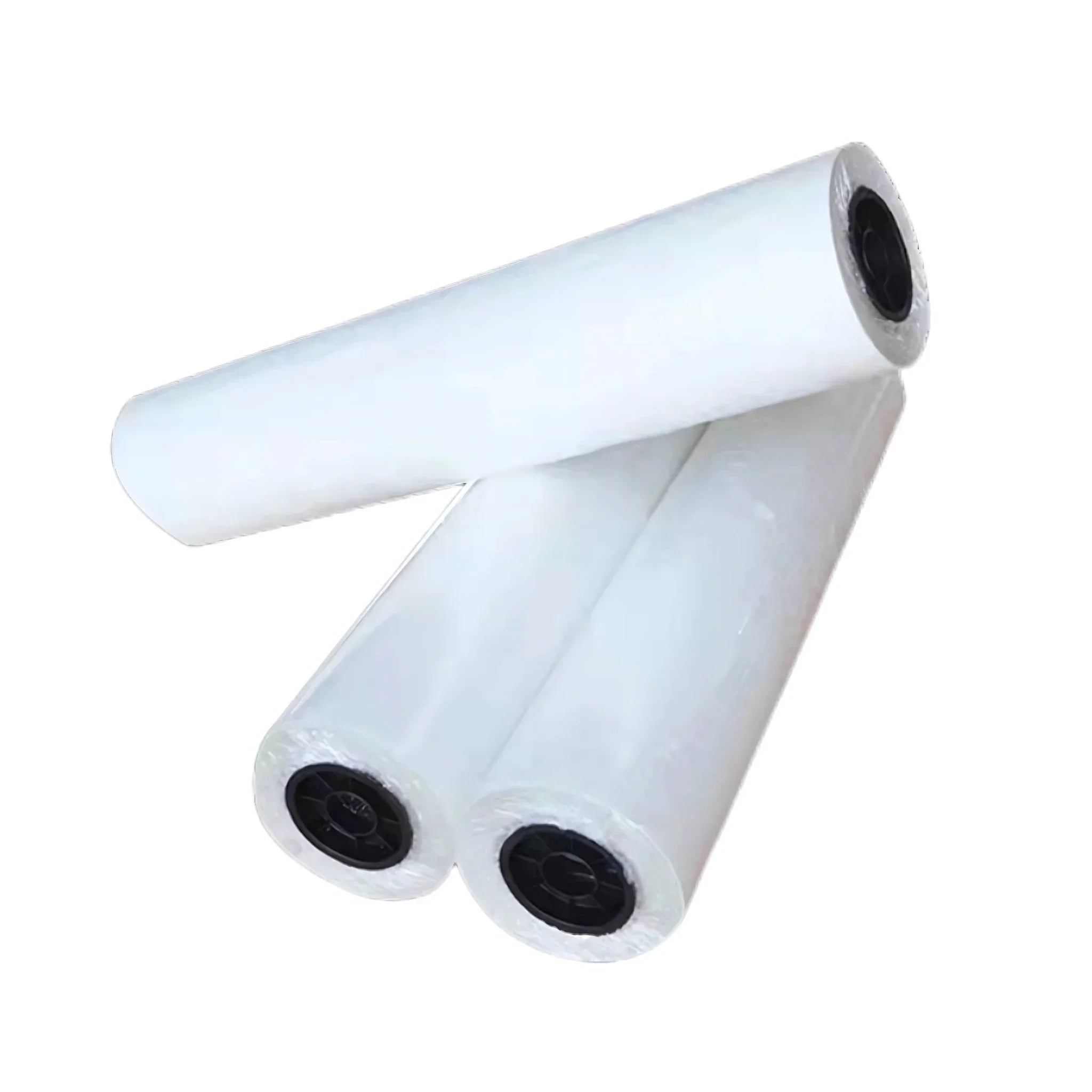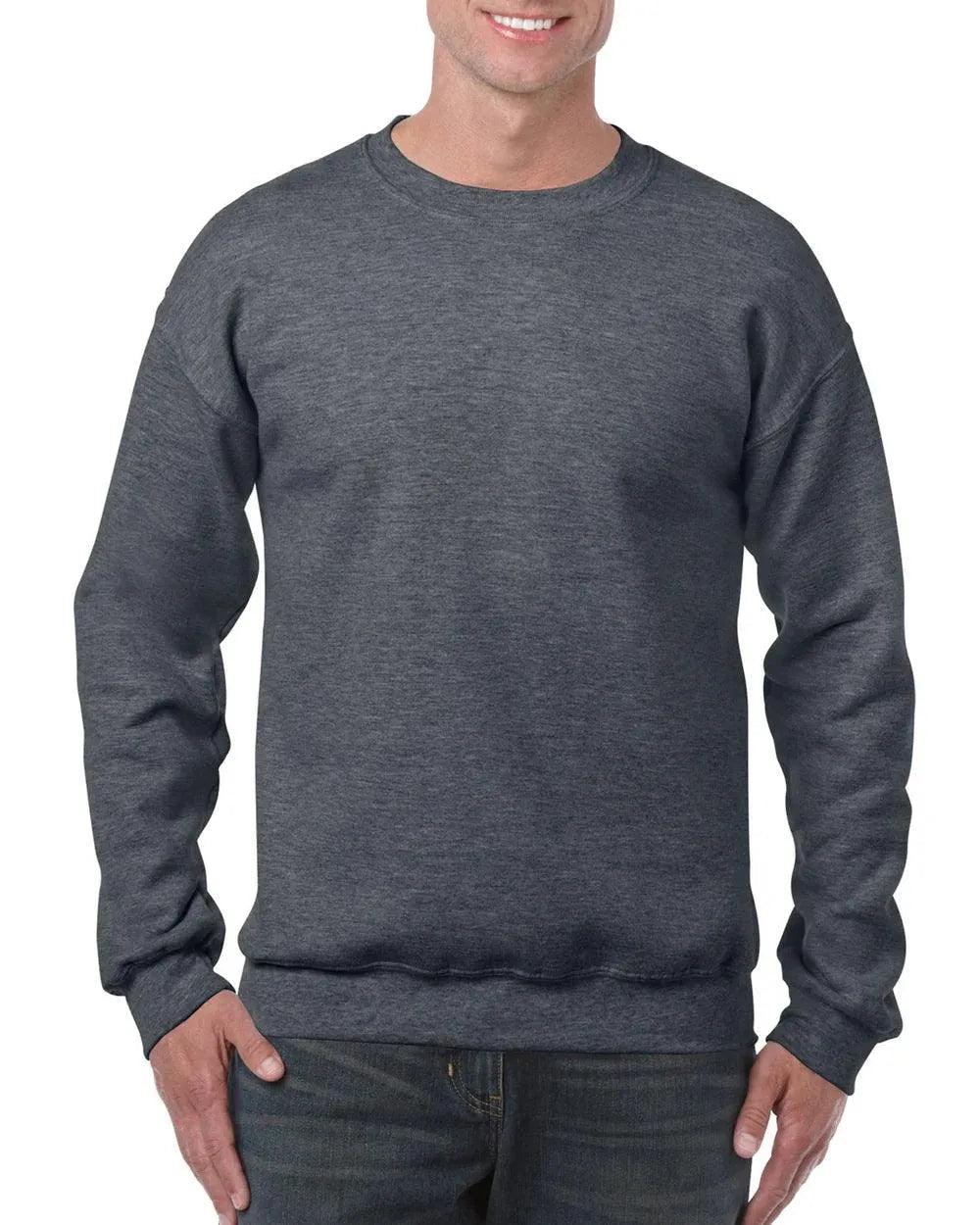
DTF Transfers Pros and Cons: Everything You Need to Know
Direct-to-Film (DTF) transfers have become a popular choice for custom apparel and creative projects. They allow designers, hobbyists, and small business owners to create vibrant, detailed prints on a wide variety of fabrics. While DTF transfers offer many benefits, they also come with certain challenges. Understanding both sides can help you make the most of this printing method.
Pros of DTF Transfer
1. Versatility Across Fabrics
DTF transfer can be applied to multiple types of fabrics, including cotton, polyester, and blended materials. This flexibility allows you to create t-shirts, hoodies, tote bags, and more without being limited to a specific material.
2. High-Quality Prints
DTF transfer reproduce complex designs with shap details, gradients, and vivid colors. This makes it possible to achieve professional-looking results even for intricate artwork.
3. Efficient for Small and Large Batches
Whether you’re producing a single custom piece or a bulk order, DTF transfer are suitable for both. Pre-made transfers, as well as sheets and rolls, allow for fast production without lengthy setup times.
4. Cost-Effective for Small Businesses
Compared to other printing methods, DTF transfers require less upfront investment. There’s no need for screens or plates, and pre-cut sheets or rolls help reduce material waste, making it more economical for small-scale operations.
5. Long-Lasting and Durable
When applied correctly using recommended heat and pressure settings, DTF transfers produce prints that withstand washing and regular wear. This durability ensures products remain vibrant over time.
Cons of DTF Transfers
1. Equipment and Supply Requirements
To achieve high-quality results, you need a compatible printer, heat press, and proper supplies like inks, adhesive powders, and films. This can be intimidating or costly for beginners.
2. Learning Curve
Proper application requires understanding temperature, pressure, timing, and layering techniques. Mistakes can lead to peeling, color fading, or uneven transfers.
3. Limited Specialized Effects
While DTF transfers can produce vibrant prints, certain effects like full 3D textures or specialty metallic finishes may require additional techniques or equipment.
4. Not Ideal for Extremely Large Runs
For very high-volume production, methods like screen printing might be more efficient. DTF transfers excel in versatility and short-run production rather than mass manufacturing.
Tips for Getting the Best Results
-
Invest in Quality Supplies: Reliable inks, films, and adhesive powders produce consistent, long-lasting prints.
-
Test Before Full Production: Always run small samples to verify adhesion, colors, and design placement.
-
Maintain Your Equipment: Regular cleaning of printers and heat presses prevents errors and ensures smooth operation.
-
Follow Application Guidelines: Correct temperature, pressure, and timing are essential for durability and vibrant colors.
Conclusion
DTF transfer provide a flexible, cost-effective, and high-quality solution for creating custom apparel and personalized items. Their versatility allows them to be applied on a wide range of fabrics, from cotton and polyester to blended materials, making them ideal for t-shirts, hoodies, tote bags, and other fabric products. They are well-suited for both small and medium production runs, offering the ability to produce individual items or limited batches efficiently.
Achieving optimal results, however, requires careful attention throughout the process. Proper handling, the right equipment, and strict adherence to application guidelines are essential. Heat, pressure, and timing must be carefully controlled to ensure prints adhere correctly and remain durable over time. Mistakes in these areas can lead to peeling, fading, or uneven designs, so attention to detail is crucial.
Hobbyists, small business owners, and professional studios alike can benefit greatly from understanding both the advantages and challenges of this printing method. Hobbyists gain the ability to experiment creatively and produce unique items at home without heavy investment, while small businesses can maintain consistent quality for client orders, and studios can efficiently manage multiple projects.
Investing in reliable materials and following best practices ensures that each design is vibrant, sharp, and long-lasting. Testing new designs on small samples, maintaining equipment regularly, and planning each step carefully reduces errors and material waste, saving both time and money in the long run.
Moreover, this method encourages creative exploration. Layering designs, mixing colors, experimenting with textures, and combining different techniques allows for truly original and eye-catching results. Whether the goal is creating personalized gifts, limited-edition merchandise, or professional-grade apparel for customers, the possibilities are virtually limitless.
In summary, with careful planning, attention to detail, and the use of quality materials, this printing approach empowers creators to produce professional, durable, and visually striking products. Its versatility and accessibility make it an excellent option for anyone looking to bring their design ideas to life in a practical and rewarding way. By embracing these principles, you can consistently achieve impressive results and fully explore your creative potential.
